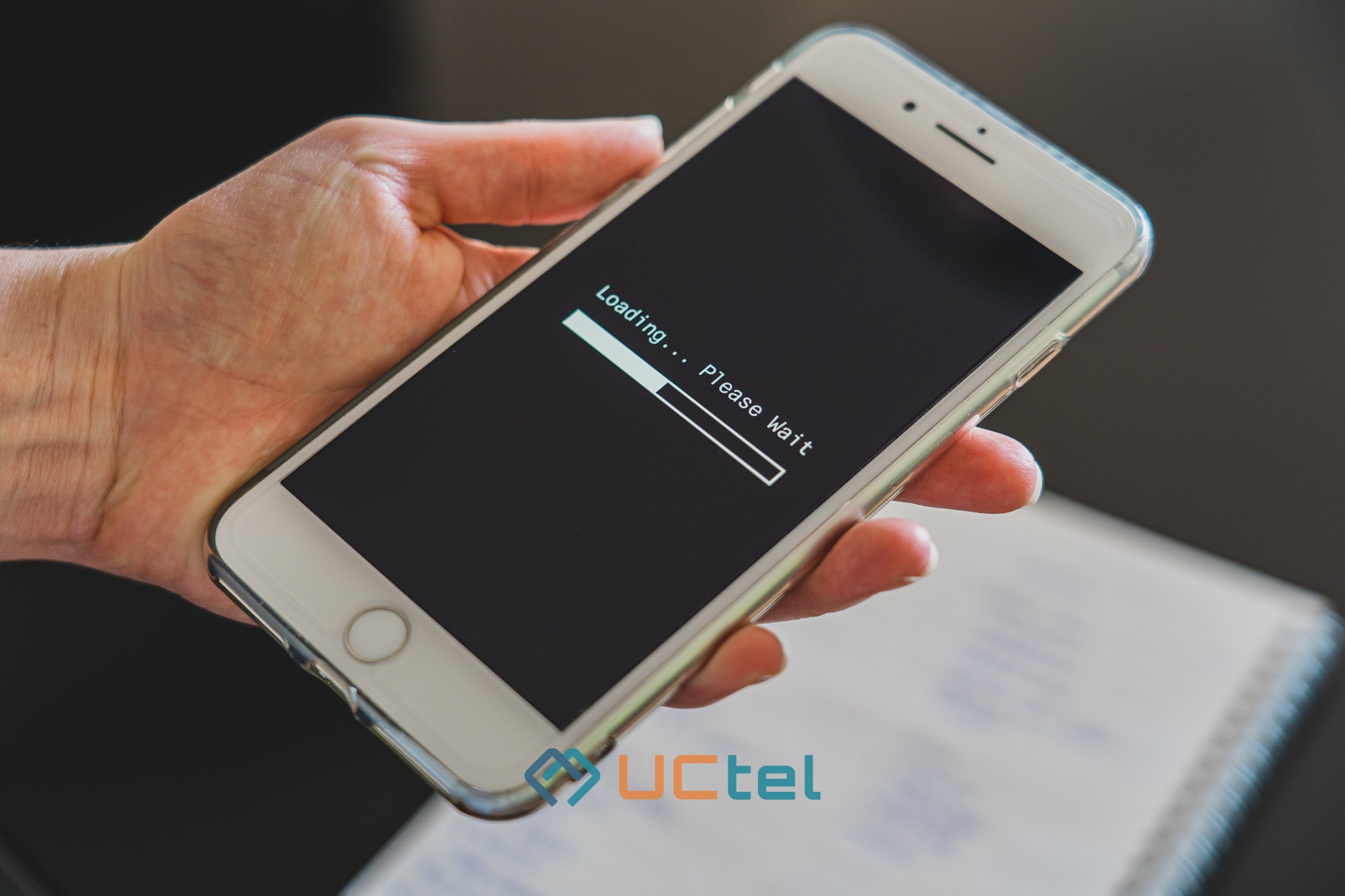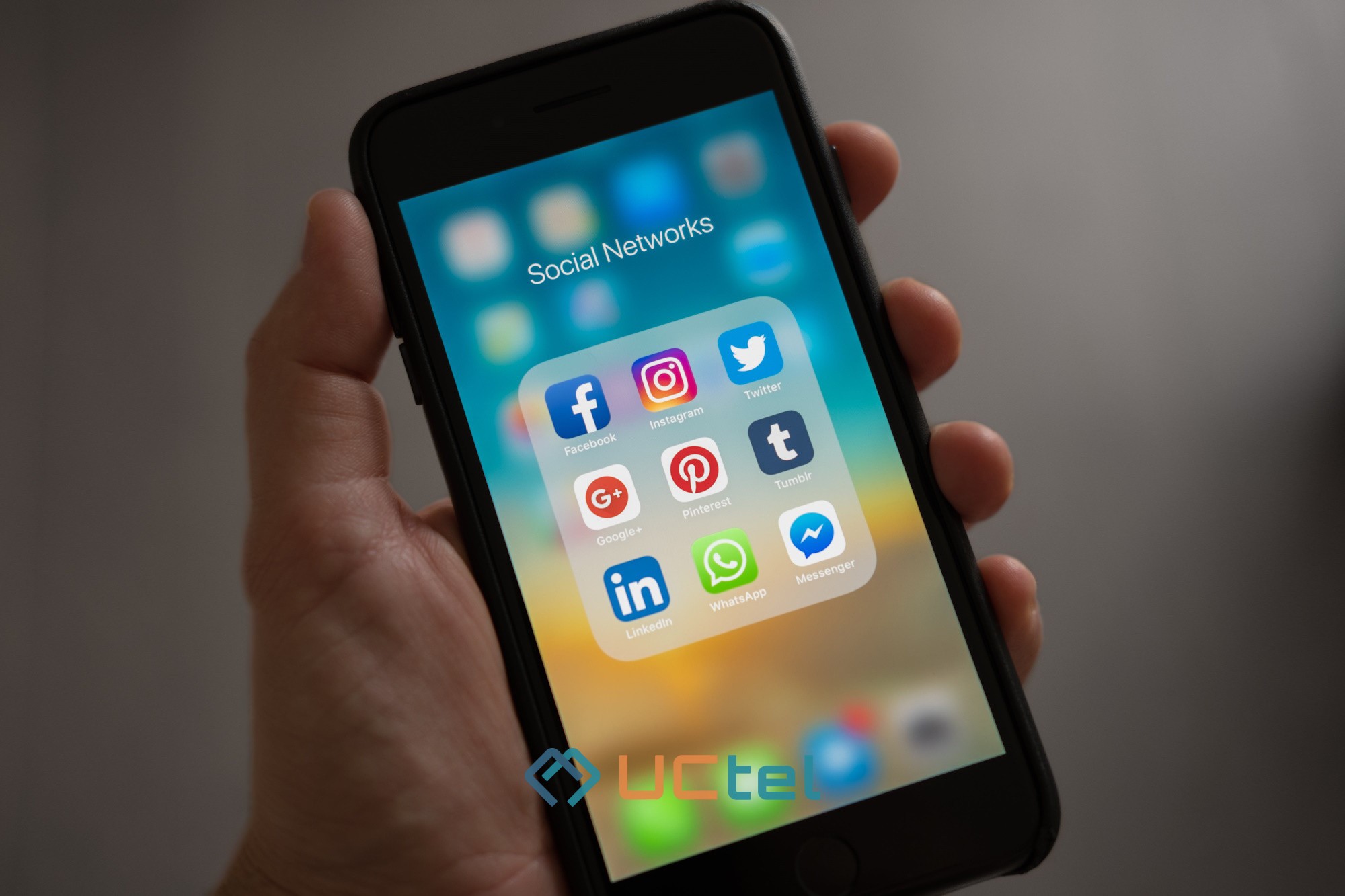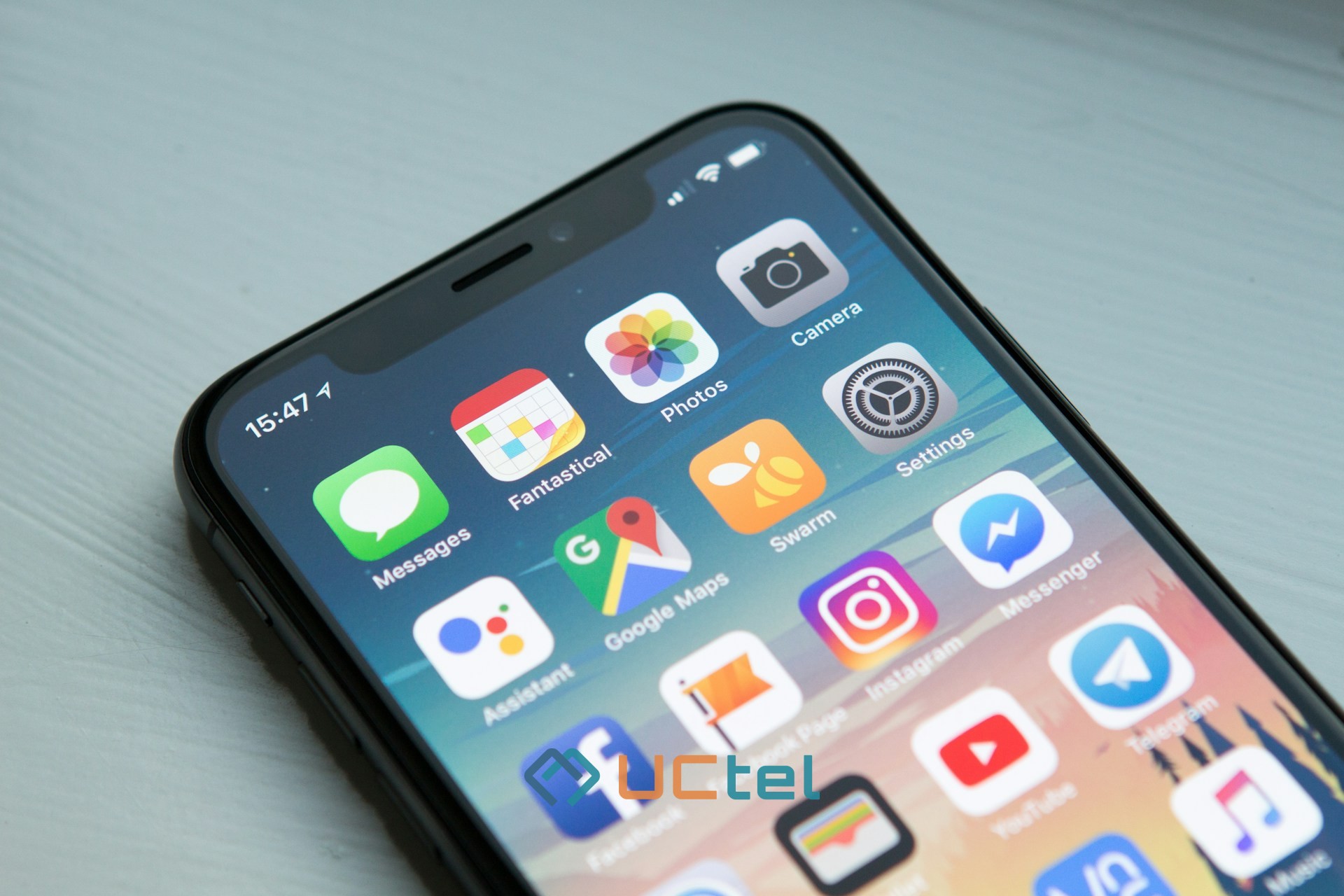
Best Mobile Booster for Office: Improve Mobile Coverage Effectively
Table of contents
- 1. How mobile phone signal boosters work for office environments
- 2. Top signal boosters for different office sizes
- 3. Key features to look for in office signal boosters
- 4. Installation best practices for office signal boosters
- 5. Cost analysis and ROI for business signal boosters
- 6. Customer support and warranty considerations
In modern offices, reliable mobile connectivity has become essential for daily operations. Nearly 80% of businesses report productivity issues due to poor signal reception within their buildings.
Dropped calls, slow data speeds, and dead zones disrupt communication with clients and hinder team collaboration. These issues are particularly common in commercial buildings where construction materials like concrete, metal, and energy-efficient windows frequently block mobile signals. A mobile booster for office presents an effective solution to these challenges by enhancing weak mobile signals and distributing improved coverage throughout workspaces.
How mobile phone signal boosters work for office environments
A mobile phone signal booster system amplifies weak mobile signals to improve reception in areas with poor coverage. These systems operate by capturing existing external signals, amplifying them, and redistributing stronger signals inside office buildings. Modern mobile signal booster technology works with all major carriers simultaneously, ensuring every employee's device receives enhanced coverage regardless of their service provider.
Signal booster technology basics
Signal strength is measured in decibel-milliwatts (dBm), with typical readings ranging from -50dBm to -110dBm (virtually unusable). A quality office signal booster can improve reception by 20-32dB, transforming unusable signals into reliable connections.
These systems support both voice and data transmission, ensuring clear calls and faster internet speeds throughout the workspace.
Components of an office signal booster system
A complete signal booster system consists of three primary components:
- An outside antenna that captures existing mobile signals from nearby towers
- A signal amplifier that enhances the captured signal
- One or more inside antennas that broadcast the amplified signal throughout the office
- Coaxial cables connecting these components together
- A power supply for the amplifier unit
Top signal boosters for different office sizes
The optimal signal booster for your business depends primarily on your office size and signal requirements. Systems range from compact solutions for small spaces to enterprise-grade equipment for large commercial properties.
Small office solutions (under 1,500 sq mt)
Small to medium-sized businesses with offices under 1,500 square meters benefit from compact signal boosters designed for limited coverage areas. These systems typically support 10-20 simultaneous users.
They feature simpler installation requirements while still providing significant improvements in mobile signal strength and voice quality.
Medium office solutions (1,500-4,500 sq mt)
For medium-sized offices between 1,500-4,500 square meters, more robust systems are required. These intermediate boosters deliver expanded coverage through multiple indoor antennas and support 20-50 concurrent users.
Large office solutions (4,500+ sq mt)
- Enterprise-grade boosters for 4,500+ square meters
- Multi-antenna configurations for comprehensive coverage
- Support for 50-100+ simultaneous users
- Advanced remote monitoring capabilities
Key features to look for in office signal boosters
When selecting a commercial mobile booster, several technical specifications deserve careful consideration to ensure optimal performance for your specific office environment.
Technical specifications to consider
Coverage area capability should match your office footprint with some margin for signal loss through walls and floors. Gain levels (measured in dB) indicate amplification power, with higher numbers providing stronger signal enhancement.
5G-ready systems ensure compatibility with the latest network technologies while maintaining support for 4G/LTE services. Multi-carrier compatibility is essential for offices with employees using different service providers.
User-friendly features and management options
- Automatic gain control to prevent system overload
- Remote monitoring capabilities via smartphone apps or web portals
- Band-specific adjustments for optimising particular frequencies
- Sleep mode for energy efficiency during off-hours
Installation best practices for office signal boosters
Proper installation significantly impacts the performance of any signal booster system. For office environments, professional installation services often provide the best results, especially for medium to large deployments.
Professional vs. DIY installation
While small office systems might be suitable for DIY installation, larger commercial deployments benefit from professional expertise. Certified installers understand signal propagation, can conduct thorough site surveys, and optimise antenna placement for maximum coverage.
They also ensure proper separation between external and internal antennas to prevent feedback loops that can degrade performance.
Antenna placement strategies
The external antenna should be positioned where it can capture the strongest available signal, typically on the roof or exterior wall facing the nearest mobile tower.
Indoor antenna placement requires strategic distribution to cover all areas while avoiding signal overlap. In multi-floor buildings, antennas should be centrally located on each level with consideration for high-traffic areas.
Troubleshooting common installation issues
- Insufficient separation between antennas causing oscillation
- Improper cable connections reducing signal strength
- Obstructions blocking external antenna line-of-sight
- Incorrect amplifier settings limiting performance
- Signal interference from other electronic equipment
Cost analysis and ROI for business signal boosters
The investment in a mobile signal booster system typically delivers substantial returns through improved productivity and communication reliability. Contact us for a detailed quote.
Initial investment vs. long-term benefits
Research indicates businesses lose approximately 5 hours of productivity per employee monthly due to poor connectivity. For a 20-person office, this translates to 1,200 hours annually. At average salary rates, signal boosters often pay for themselves within 3-6 months through recovered productivity alone.
Comparing signal boosters to alternative solutions
- Distributed Antenna Systems (DAS): More powerful but 5-10x more expensive
- Individual mobile hotspots: Monthly fees add up quickly
- Relying on WiFi calling: Inconsistent and depends on internet quality
- Carrier-specific micromobiles: Limited to single providers
- Signal boosters: Best balance of cost, performance and carrier flexibility
Customer support and warranty considerations
Most commercial signal boosters include 2-3 year manufacturer warranties covering parts and performance. Premium systems often feature extended 5-year coverage options. Technical support availability varies by manufacturer, with the best providers offering US-based assistance during extended business hours.
Comparing warranty options between brands
Standard warranties typically cover manufacturing defects and performance issues but exclude damage from improper installation or environmental factors like lightning strikes. Extended warranty options often include more comprehensive coverage and sometimes offer faster replacement services.
When evaluating warranties, consider both the covered period and the reputation for honoring claims promptly.
Technical support resources and availability
Quality manufacturers provide comprehensive support resources including detailed installation guides, troubleshooting tools, and remote diagnostic capabilities. The availability of firmware updates ensures your system remains compatible with evolving mobile technologies and carrier frequency adjustments.
Some premium providers offer annual maintenance services to optimize performance as your office needs evolve.
Don’t let bad signals slow you down, get in touch with UCtel and discover your best signal booster options.








